NEW! H2 MATH TOPICAL CRASH COURSE (Sign Up Now!)
———————————————————————————————————–
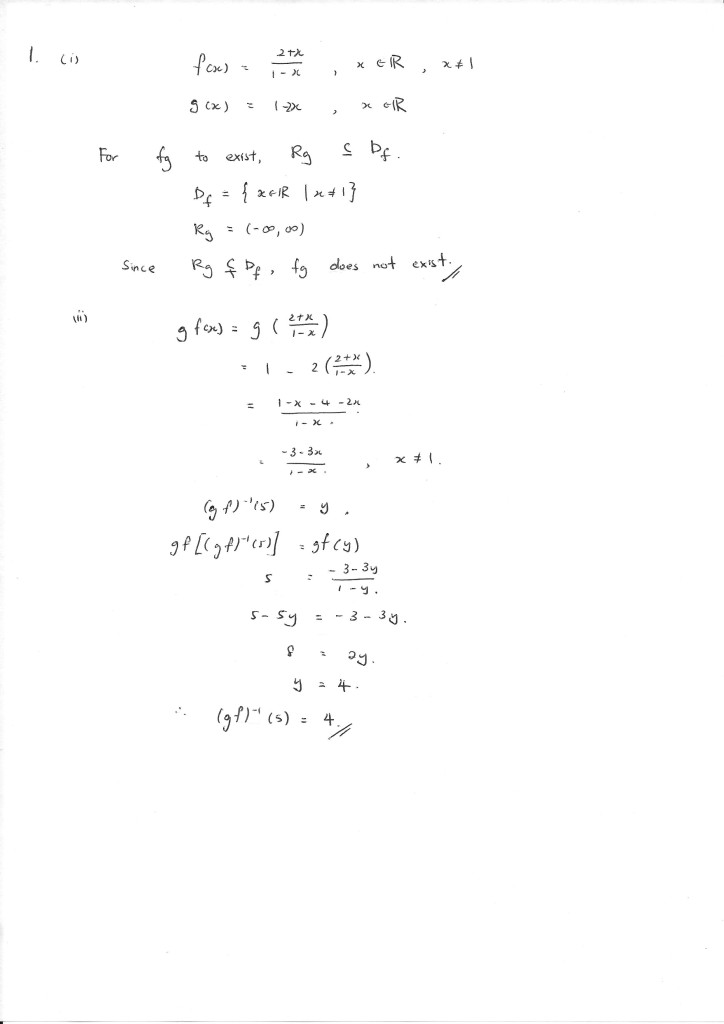
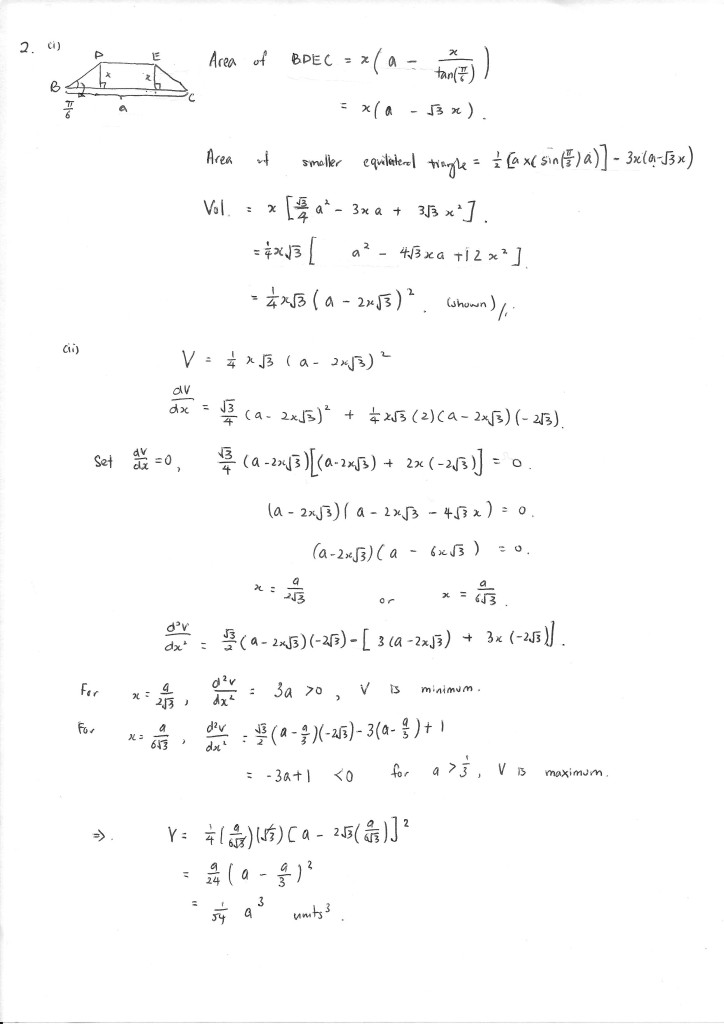
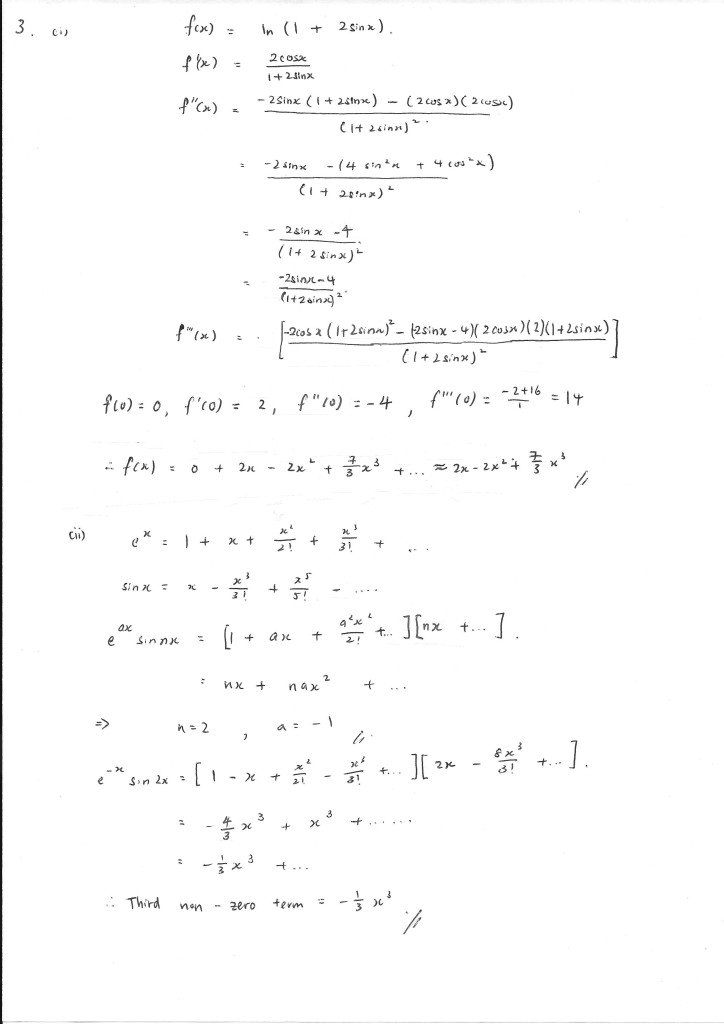
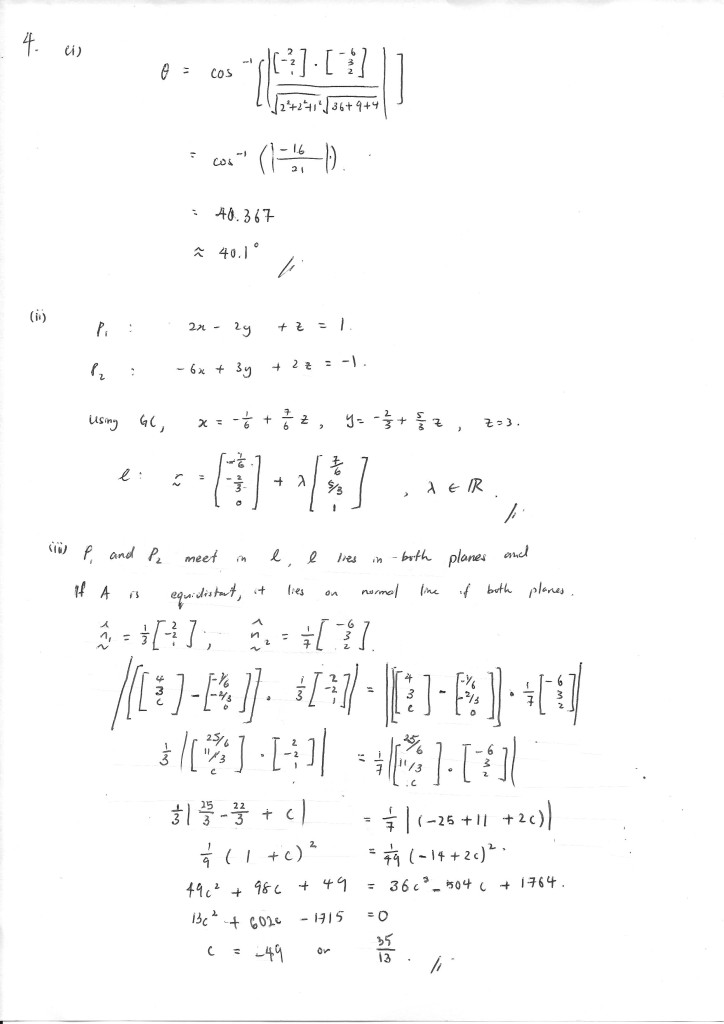
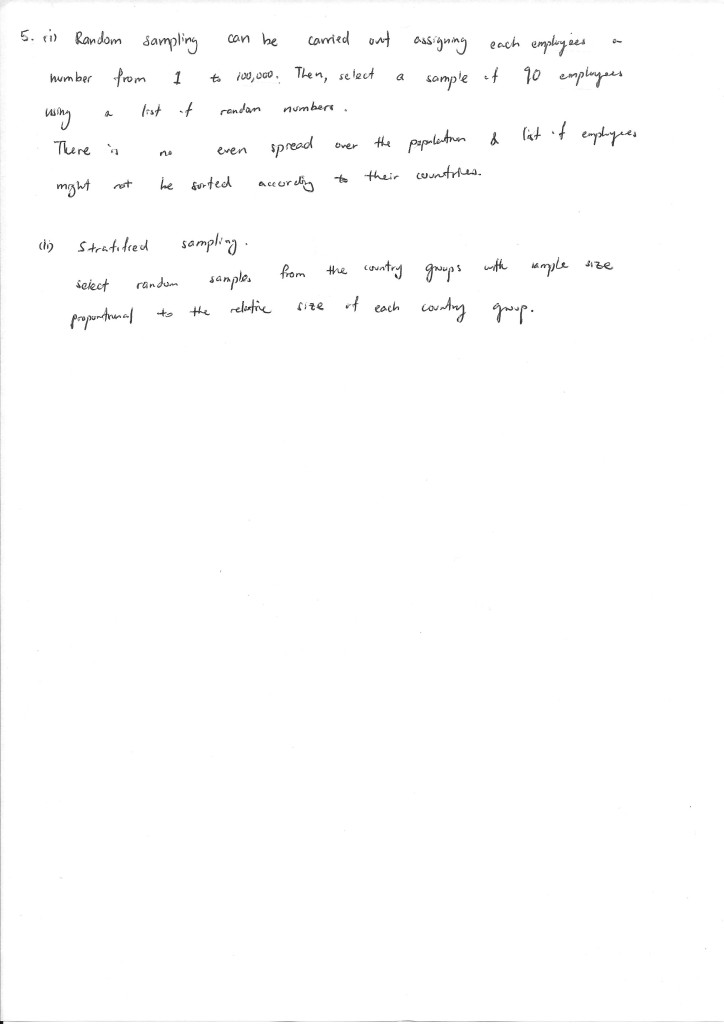
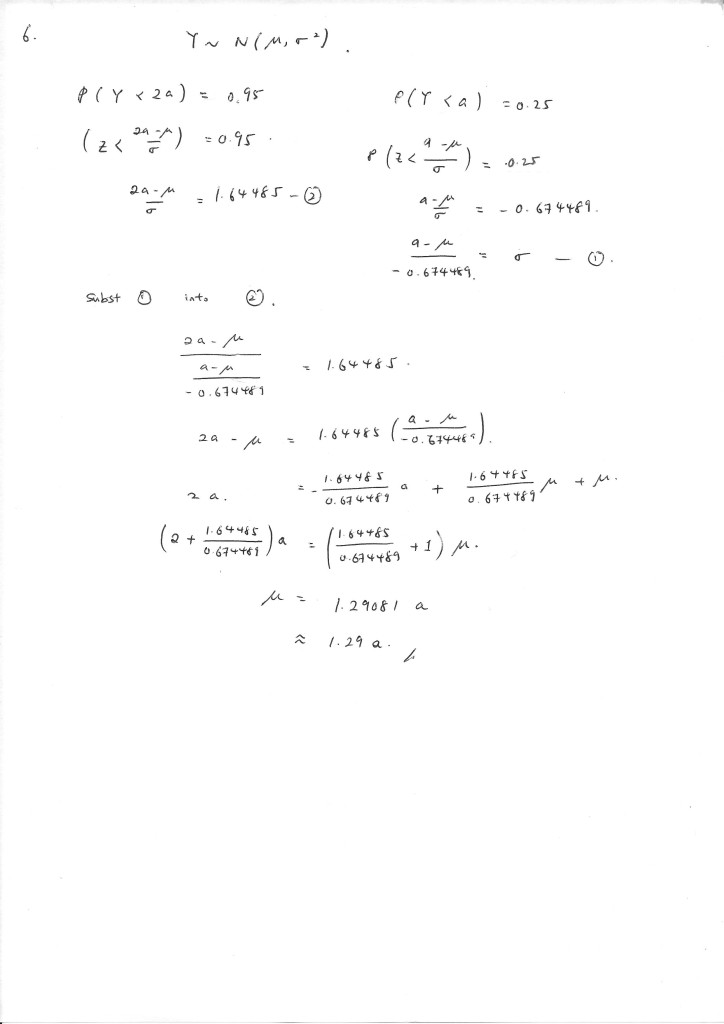
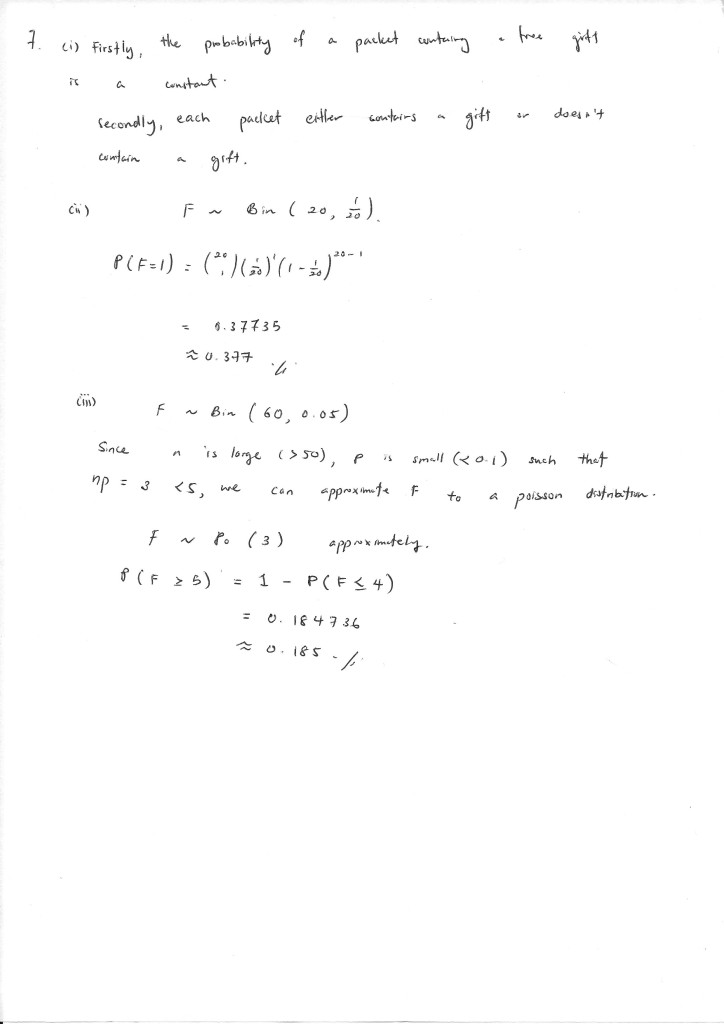
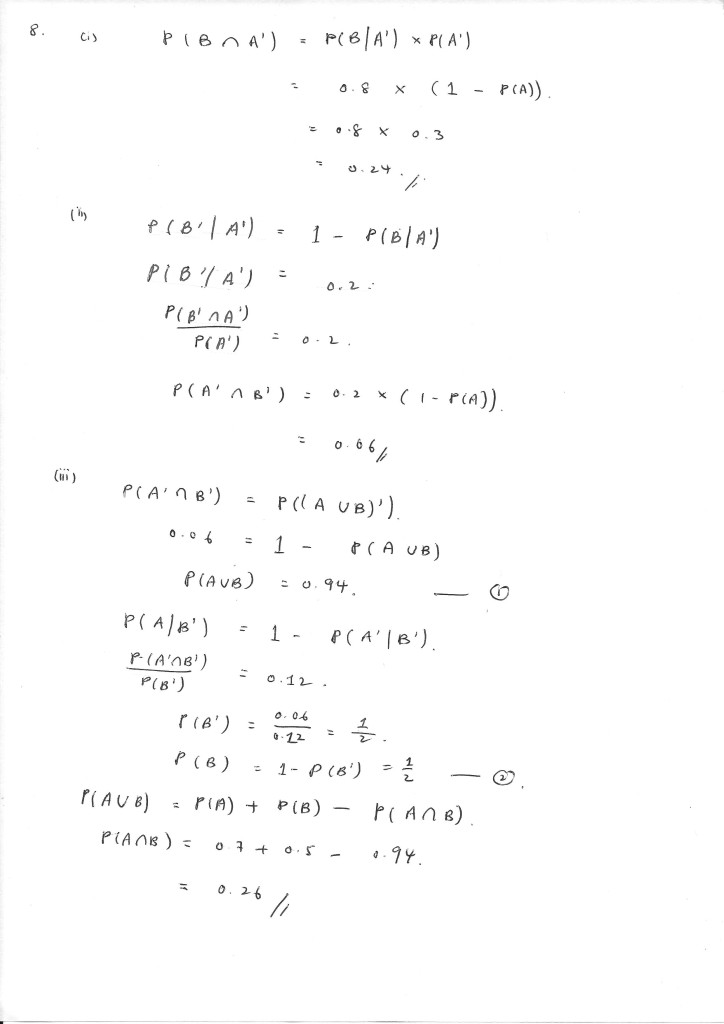

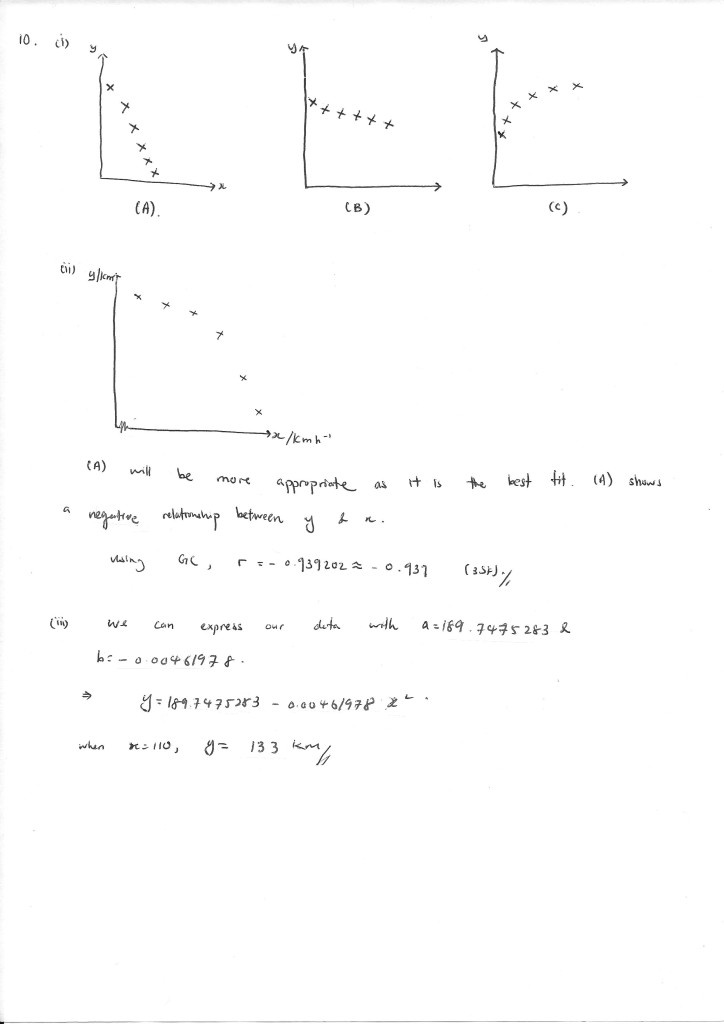
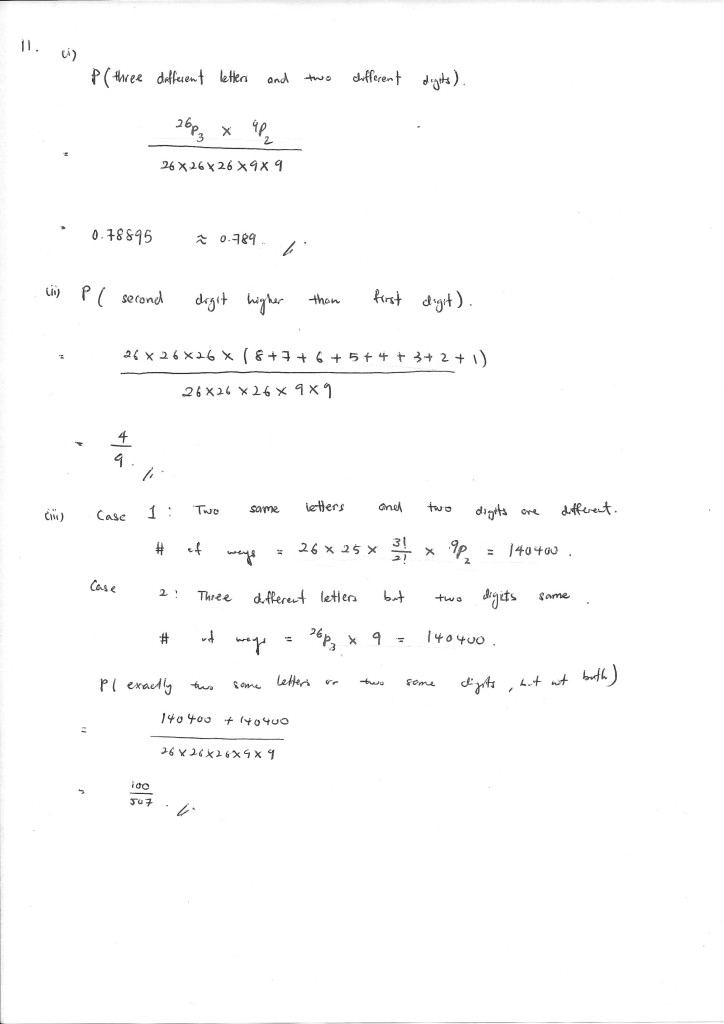
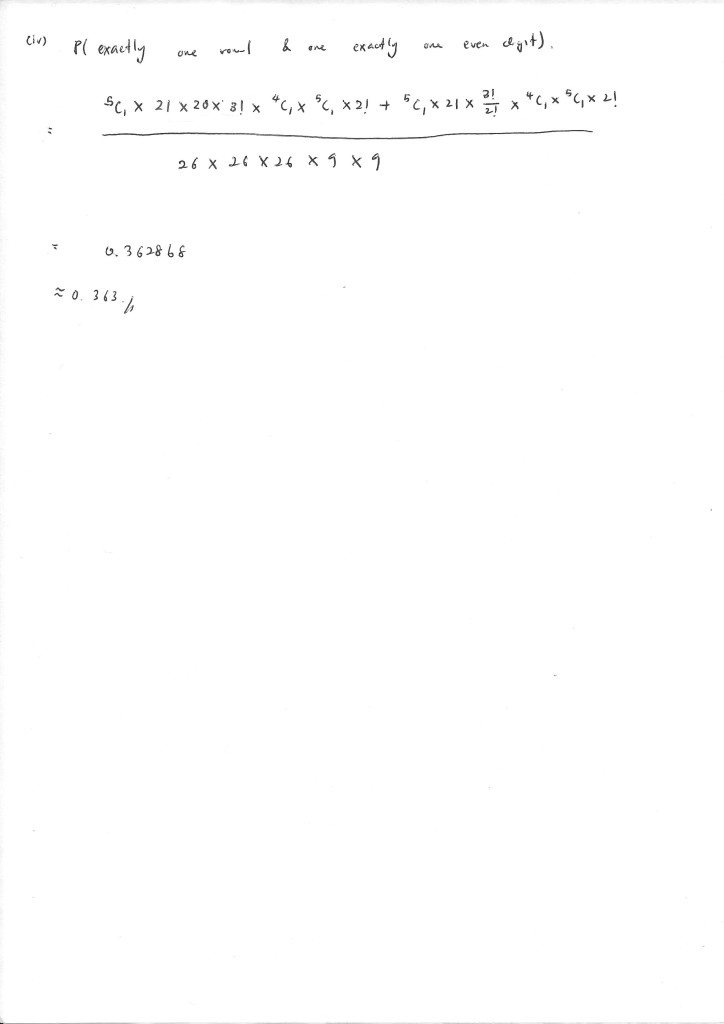
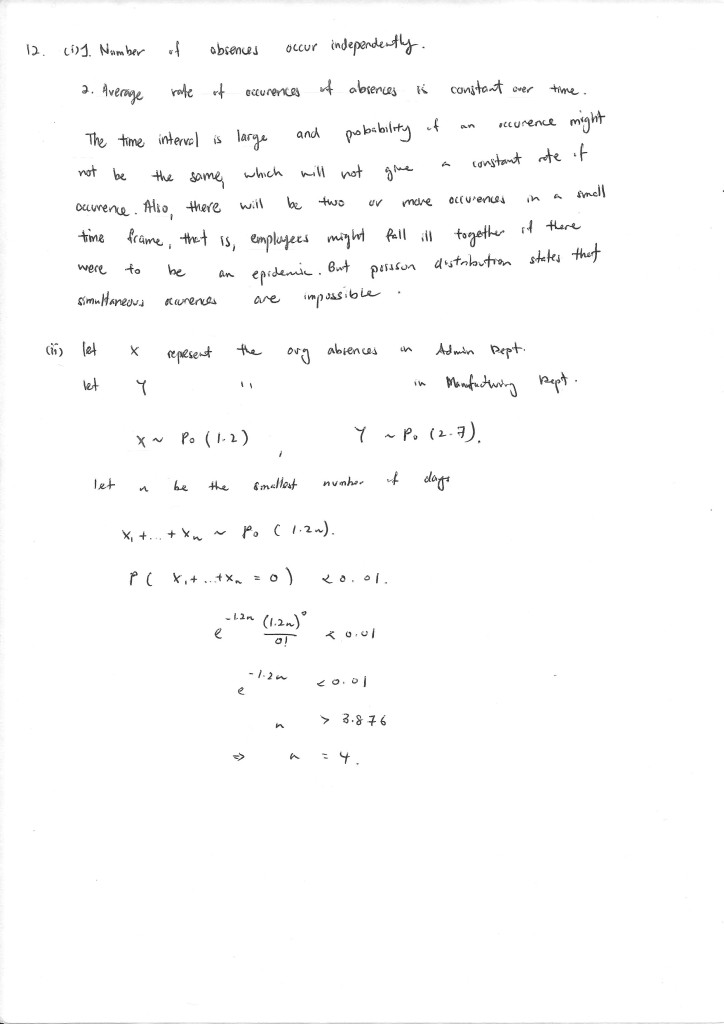
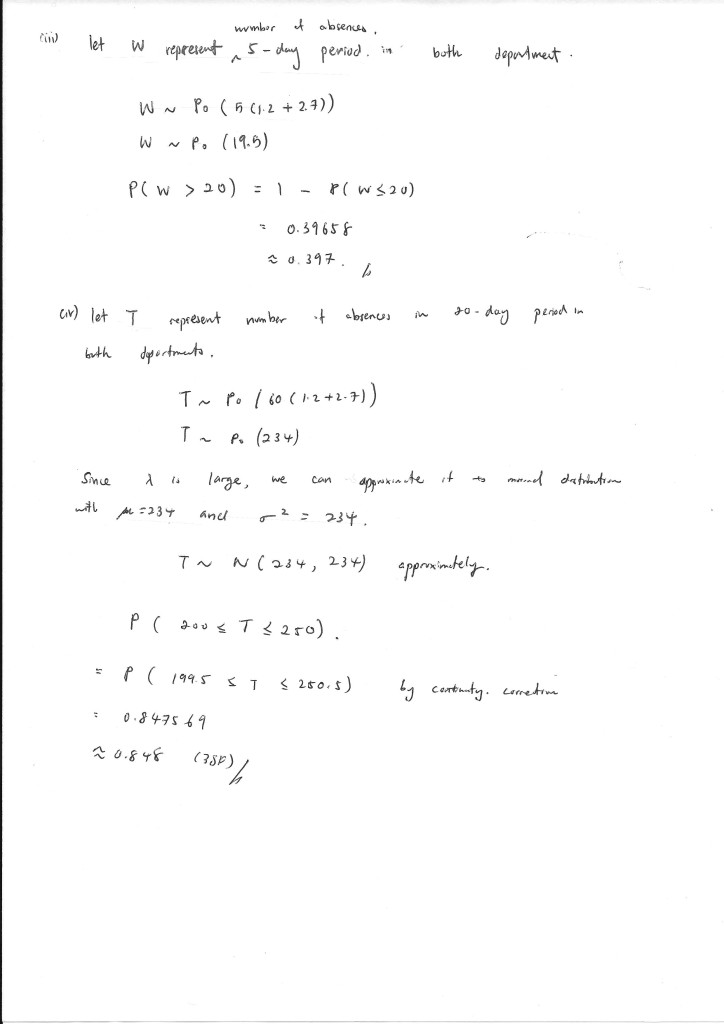
The above solutions had been worked out by Mr Teng.
Errata:
For qn 3(I) line 7, the denominator of the third derivative of f(x) should be of power 4 instead of 2.
For qn 4(I), was some scanning error. The answer is 40.4.
For qn11(III), I made a terrible mistake and forgot the third case for which exactly three letters same AND two digits same. The permutation for that will be (26×9).
11(iv) I made the mistake of double counting and arranged after using the permute function. The following is the full solutions
Case 1: Exactly one vowel and 2 different consonants and exactly one even digit
(5C1)(21C2)(3!)(4C1)(5C1)(2!) =252000
Case 2: Exactly one vowel and 2 same consonants and exactly one even digit
(5C1)(21C1)(3!/2!)(4C1)(5C1)(
P(exactly one vowel & exactly one even digit) = (252000+12600)/(26^3*9^2) = 0.186 (3SF)
Disclaimer: We welcome fair comments and discussion. The answers were rushed out and done while Mr Teng was in between classes too. So there are errors definitely, so many thanks for all who point them out. 🙂
_______________________________________
TUITION CLASSES:
_______________________________________________________________
EDUCATIONAL SERVICES:
______________________________________________________________
By EX-MOE TEACHERS & EXPERIENCED TUTORS
@ BLK 644, BUKIT BATOK CENTRAL, #01-68. S(650644).
CALL 65694897 OR SMS 98530744 OR 97860411.
97 thoughts on “Suggested Answers to 2013 A Level H2 Math 9740 Paper 2”
Comments are closed.
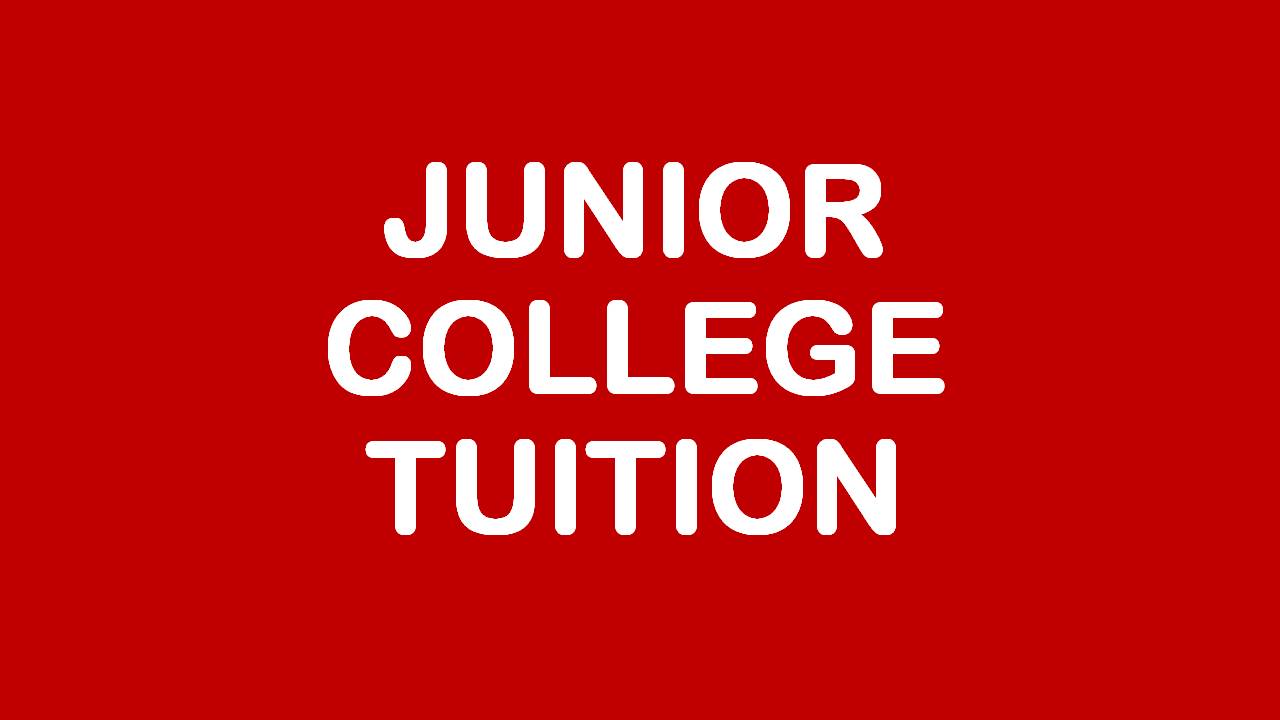
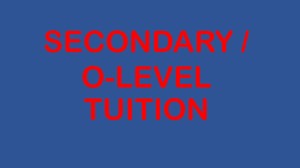
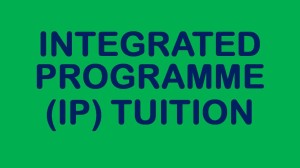
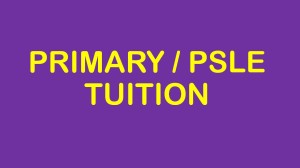

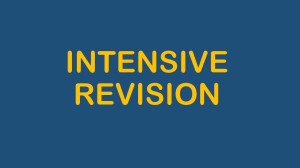


Hi, may I just want to ask for your opinion? I did badly for both my papers and after checking the answers my final marks would most probably be 50-55. What grades should I be expecting? Math is my weakest subject and I really hope it would not be the bane for my admission into the local universities.
Since the papers are neither very hard nor very easy, the A grade for this year I think should be around 80 ( I heard last year’s was 82). Although 50-55 would usually earn someone a C or D, it is probable that a 50-55 this year would earn someone a D or E. However, it also depends on the general ability of your cohort. Thus please don’t think of your expected grades right now. You may have even obtained more than 55. Focus on your remaining papers (if any) and hope for the best when the results are announced. Don’t think of issues that are no longer under your control.
Errata: For qn 3(I) line 7, the denominator of the third derivative of f(x) should be of power 4 instead of 2.
Qn4i shld be 40.4? Cos 40.367 round off to 1dp is 40.4
Yes. Some scanning error. Thanks for pointing it out!
Answer for question 9(i) should be 40.4° instead of 40.1°.
Thank you
Yes. Its a scanning error. Thanks for pointing it out.
Shouldn’t the hypothesis test be a two tailed test if they ask you to test of the manufacturers belief? In that case the opp scenario would be it is more than or less than 13.8
No. The editor’s belief is that the figures quoted are too high (first line of the question).
I don’t think its a two-tailed test, question stated that the magazine editor thought the mean values quoted by the manufacturers were ‘too high’.
Yup, Alpaca is right. 🙂 The question had mentioned that the editor feels that the manufacturer had overestimated his figures
Hi thanks for the answers!
Does Cambridge usually give error carried forward when I have a mistake in the previous parts? Is it full credit or will there will be some penalty?(assuming all workings and formula correct)
It will either make or break my A
TT
There will be ECF, but it carries some penalty too.
Hi, for qn 11, they asked for probabilities that a random code ‘has …’, right? So, shouldn’t there be no permutation?
Yes. but you need to permute to find out the sample size and different combinations of codes. 🙂
For qns 4 last part, can we use cross product instead of dot product? I got the same answer though
I think its fair enough. Same interpretation actually.:)
Thanks! And also, thanks for the effort to rush out the answers amidst your busy schedule, appreciate it
Pleasure. 🙂 Its just suggest solutions.
Lol got about 75 overall…B alr 🙁
Btw are there any method marks in A-levels? For eg Qn2ii I made an error in manipulating dV/dx, resulting in the wrong x values, but I went on to use the correct method for determining if V is maximum.
Yes, there are method marks. And don’t need to adjust the bell curve so much.
Hi thanks the the answers. for question 10, if i chose the wrong graph in part (i), will there be error carry forward in the last part?
You should be able to get marks for the first part of (iv). The required estimation should depend on how stringent they are.
Ahh so close to getting all the ans rite!! Careless for 11(iii) didnt ensure digits were diff while 2 letters same
haha. Don’t worry about it. I make careless mistakes here and there too. 🙂 That’s how we learn.
10 part 3 the mark weightage is quite high,
Don’t we have to find the y bar and x^2 bar first?
its only 2 marks. 1 mark for choosing the appropriate model w/ explanation and 1 mark for the r.
Ps, part 4 🙂
They did request you write the equation, so that’s 1 mark. You can definitely find the values you suggested and work from there. But for 2 marks, I didn’t see a need, since I already have an equation and the value lies within my range of sample values. So its a good estimation.
In 11 i) for the numerator, should’nt you multiply by 3! and 2! After 26 choose 3 and. 9 choose 2 respectively as you can place the three number in any combination and the two digits too?
Hi, I used the permute function, which choose and arrange.
Oh so it’s basically 26 choose 3 x 3! And 9choose 2 x 2! ?
Yea. You can also see it as 26P3 and 9P2..
for the pnc question why denominator total number of ways no need to permute the 3 letters and 2 digits
Its already permutated when you use 26^3*9^2. Its actually maximum sample size for the code generator.
For 5ii isnt it systematic sampling as the strata isnt given so stratified cant be used here
also 12ii shuldnt an approximation be used since lambda is 19. Which is more than 10
Hi, those are suggested solutions. And systematic sampling is possible too. However, they want the most representative answer and stratified should be used; the strata can be the countries.
Also, you can approximate. As lambda gets larger, the distribution will tend to behave like that of a normal. So it fair to approximate. However, if they wanted approximations, they do say “using suitable approximations”, which is why it wasn’t used here.
what if i interpreted ‘in between’ as ‘within’ for the last question, which resulted in the wrong inequality sign used and then my values would be different after continuity correction. my answers would be different, but how many marks out of 4 would i be able to get?
thanks for posting the answers!(: (I’m worried cos my total adds up to around 62-64marks)
Hi I think the 11(Iv) I think the answer should be 0.186 instead because I defined two binomial distribution to solve and got same answer as a teacher from my school
Hi admin, if I used the expansion series to expand ln(1+2sinx) before doing differentiation in question 3, do I get zero marks or still have method marks? My first two terms are correct but the third term is wrong.
Do you think this year paper is harder than 2011’s? I heard that the A grade in 2011 was Around 70
This year is slightly more tedious and pure math was definitely unconventional.
Hi, for qn 11 iii, the qn stated EXACTLY 2 letters the same. Doesn’t that mean that the case where all 3 are the same have to be included as well? I was pondering for some time over that word and I feel that the care where 3 letters are same(eg.FFF) must be included as well. If it were to be excluded, wouldn’t it be phrased as ” any 2 letters the same” rather than exactly 2 letters the same?
Hi Linus, I had the same thoughts too, and I thought they will rephrase “at least two letter the same” if they wanted the case for all three are same. “any 2 letters the same” is same as “exactly 2 letters the same”. Exactly 2 will be no more or no less than 2, that’s my take. 🙂
Is 0.186 correct for q11 Iv
Yes, it was noted and updated in Errata. Thanks!
Hey admin, me and my friends conferred over this as well. all 3 of us did not include that condition because of the word “exactly”. I did hesitate also though, initially included but cancelled it..
Yes, it was noted and updated in Errata. Thanks!
So 70-75 likely to get a B? A is quite unlikely? Or worse would i end up getting C?
And why is the hypothesis a lower tail instead of h1: u > 13.8?
Btw you’re so efficient! Thanks for the solutions!
I can’t really comment about the grades to be honest. The paper is over and you’ve got a few more to go so you should focus on them. You’re welcome, they aren’t solutions per se, still suggested. 🙂
Because the editor believed the figures quoted are too high. So his alternate hypothesis should be that he believes it to be lower.
Im expecting around 70-75 marks. But since last years was 82 marks and this year is remarkably harder compared to last year (rather obvious), im expecting the A mark to be around 77-78. So for those in the 70s range i believe there are still chances for A depending on cohort performance. General feeling across my school and one other top JC was that this years paper was indeed more tedious and time consuming than last years.
Fair enough. 🙂 But we never really know exactly unless you check with every student. haha this year paper is definitely more tedious than that of last year and unconventional too.
For question 11 iii) why isn’t there a third case where 3 letters are the same and 2 digits are the same?
oh you’re right. it totally slipped my mind. Thanks so much!
Huh then the answer wrong ?
No, you’re correct. I’m just bad with GC. If you key the workings in, you will get the answer.
For 5ii) is quota sampling an acceptable answer too? cause quota sampling also split the people into strata
You can. But you should explain clearly how the strata will be split. Cos the question wants the most representative sample. 🙂
For q11 (iii),
Should the case in which 2 digits are the same, and the 3 letters are exactly the same, be taken into account? The question phrased that either (a)exactly 2 letters are the same, or (b) exactly 2 digits are the same, but not both. So this event satisfies the conditions
Yes, it was noted and updated in Errata. Thanks!
Haha wasn’t my thoughts the same as that of WLXS? Maybe it wasn’t clear cause I didn’t specify that the case with 3 same letters comes with the case with 2 same digits.
Yes they were. haha.
for qn 11iv
why not use:
(5/26)(21/26)(21/26)(3!/2!) x (4/9)(5/9)(2)
to have exactly one vowel , 2 consonants, then multiply (3!/2!) for arrangement, and then multiply odd number then even number then multiply 2 for arrangement
the answer would be 0.186
Yes, it was noted and updated in Errata. Thanks!
I keyed in ur equation into the GC
But I got the 0.3 something ans 🙁
Annon– why can’t we differentiate the case into two cases where the consonants are the same and when they are diff?
In the 2013 prelim papers of top schools’ JC such as HCJC, RJC and VJC, statistical questions which did not state specifically “Using a suitable approximation…” still required the student to approximate in order to answer the question correctly. Teachers mentioned that as long as the criteria for approximation is met (i.e. for question 12iii – lambda > 10), you are required to approximate. Hence, I believe that your answer to question 12iii which is without approximation is flawed.
Hi, actually for poission dist the ques is in the form of A+B
u can just add them up without approximating
I did the HCI paper, cos the poission dist is A-B,
So we can’t just use it, must approx.
I don’t see a need to approximate actually. Cos it can be treated as a standard poisson distribution being added up. But to be fair, if the mean tends to be larger than 10 (in this case, 19), the poisson distribution will have the same shape as the normal distribution. However, if you think about it, that means (iii) and (iv) are testing the same concepts..
Hello thank you so much for the solutions! Just wanna ask, will they give method marks for P&C, esp 11(iii) and 11(iv) if you didn’t take into account some cases/arrangement? Thx! 🙂
Yes, its been updated in the Errata. Pls let me know if there were to be more mistakes.
11(iv) in calculating the first case where there is a vowel and 2 distinct letters, shouldnt it be 5c1 x 21c2 x 3! instead of 5c1 x 21 x 20 x3!, the latter method eliminates the need for the 3! as 21×20 already arranges the letter, instead it should be 5c1x21x20x3, where the 3 arranges the 5 into the 3 possible “slots” it can take
Linus did a great explanation in the next few comments. I hope it’s clear and helps you. 🙂 I was rushing for time so I probably did not give the best presentation in my workings.
But HC’s paper that question was quite different. Don’t think need approx
Do u think 83 marks for overall is an A grade? I have almost 80% of my friends who wasn’t really doing well for prelims getting 88 marks on average this year in VJC. Is this paper really that doable? Will the bell curve shift by a lot or abit.
It’s doable, unconventional though. To get more than 90, one has to really show adequate understanding of the content taught. I won’t say it’s insanely hard, because there are definitely marks that are “free”. Like the MI, graphing, functions.
And yes! I do think that 83 marks is good for A. 🙂
Hope they give marks for systematic sampling. I dint notice the different countries, personally I think systematic sampling is still representative of the population. Unless skip some countries during intervals?
yup. if the countries were skipped during intervals, then it will be less representative. :/
Yep i was wondering too. They said ‘more suitable’ so I thought systematic would at the very least be more suitable than random sampling. And also I thought of stratified but idk based on the info given it seemed like we have all the necessary conditions for systematic (sample size population size) but dont have the percentages for the different countries. But yea hope they can give us a mark
for 11iii, what is the correct answer?
can this method be used:
prob of exactly 2 same letters= (1/26) ^2 (25/26)(26)(3!/2!) =75/676
prob of two digits same = (1/9)^2 (9) = 1/9
prob of both = (1/9)(75/676) = 25/2028
required prob = (75/676) +(1/9) -(25/2028) = 319/1521 = 0.210
thanks!
and if the hypothesis testing my variance is wrong, and i use the wrong variance but correct mean for the t test, about how many marks will i get?
thanks
Case 1: 2 same letter AND 2 different digits
Case 2: all different letters AND 2 same digits
Case 3: all same letters AND 2 same digits
The first two case are written there. The third case was overlooked but I added it into the Errata. the number of ways for that to happen is 26*9.
Regarding your hypothesis testing, I can’t really comment as for marks allocation since I don’t have the actually marking scheme. But usually writing out the hypothesis gives you one mark and picking the right test is one too (In this case, the test has been suggested; so no marks I’m guessing). If you used the wrong variance, your p-value shouldn’t be correct then.
Hi, for 11 part iv, for the case where there is one vowel and no repeats, shouldn’t the permutation be 5C1 x 21C2 x 3! Instead of 5C1 x 21 x 20 x3! Because if you do that you are double counting, when 21×20 you already took into account its order in the code ….
Linus did a good explanation in one of the comments below. It should help 🙂
Hi for the vectors question, can (1 1 1) as the position vector on the line be accepted?
Don’t think so. unless that point lies in the planes, which has to be check.
Population variance should be 1.5184 instead for the t test one
, checked with my calculator
The GC showed the standard deviation. Not variance.
For Qn11(iv) could you help me identify the mistake with using:
probability = [(5/26) x (21/26) x (21/26) x3] x [(4/9) x (5/9) x2] = 0.186
I don’t really understand your working…
When you take (21/26)(21/26), there is a chance you can obtain 2 distinct letters (eg. G and B) , but there is also a chance you can obtain 2 same letters(eg.HH). The permutations of these 2 cases are different. In the former, it’s 3!=6 while in the latter, it’s 3!/2!=3. Hence they have to be considered separately. This should be it. 🙂
Thanks for the explanation Linus!
Sry, giving tuition, can’t reply for a while.
hi, can i know whether can you help to solve 2013 h1 math paper and upload the answers? thanks 😀
Hi,
Thanks for sharing your solution steps for the benefit of student’s learning 🙂
For Q7(i), it would be good to follow Cambridge’s phrasing:
The content of any packet is independent of the content of any other packet.
The probability that a packet contains a free gift is the same throughout the sample.
For Q10(iii), it would be good to follow Cambridge’s phrasing:
Since the scatter diagram shows that y is decreasing at an increasing rate, case (A) is the most appropriate model.
Thank you and have a great day!
Cheers,
Wen Shih
Hi,
For Q12(i), the question requires the student to explain why each of the conditions may not be met. In tandem with Cambridge examiner’s comments, it would be advisable for students to write:
– absences may not occur independently/at random if there is a flu season, for instance;
– absences may not occur at a constant average rate of time since absences will likely fluctuate, say, throughout a year.
Thanks!
Cheers,
Wen Shih
Wow. Thanks so much Mr Wee for that clarification! As I was rushing through it, I probably have overlooked a lot of keywords, which is why I encouraged the discussion. It’s to help me to improve the answers haha Thanks and wee will update the errata. Pls let us know if there is further improvements that can be made with the presentation. Have a great weekend ahead yourself too!
Thanks for the answers. Any predictions on the mark needed for A?
Hi, may i ask would there be error carried forward as I forgot to consider how the hypothesis is a one tailed test (using two tailed test). And whether for the vectors question part in paper 1 on finding landa on terms of u (I did not take the vectors from a similiar point but used the same way to work out but got the final answer wrong). And for vectors question 4 part iii of paper 2, wouldnt the point bisect the angle between the two planes? Does that mean I can use the | point minus (line of intersection dot the normal vector of plane 1/ their modulus| = | point minus line of intersection dot the normal plane of plane 2 / modulus | and solve both sides.
Thanks a million! !!
Hello admin, if I used the expansion series to expand ln(1+2sinx) before doing differentiation in question 3, do I get zero marks or still have method marks? My first two terms are correct but the third term is wrong.